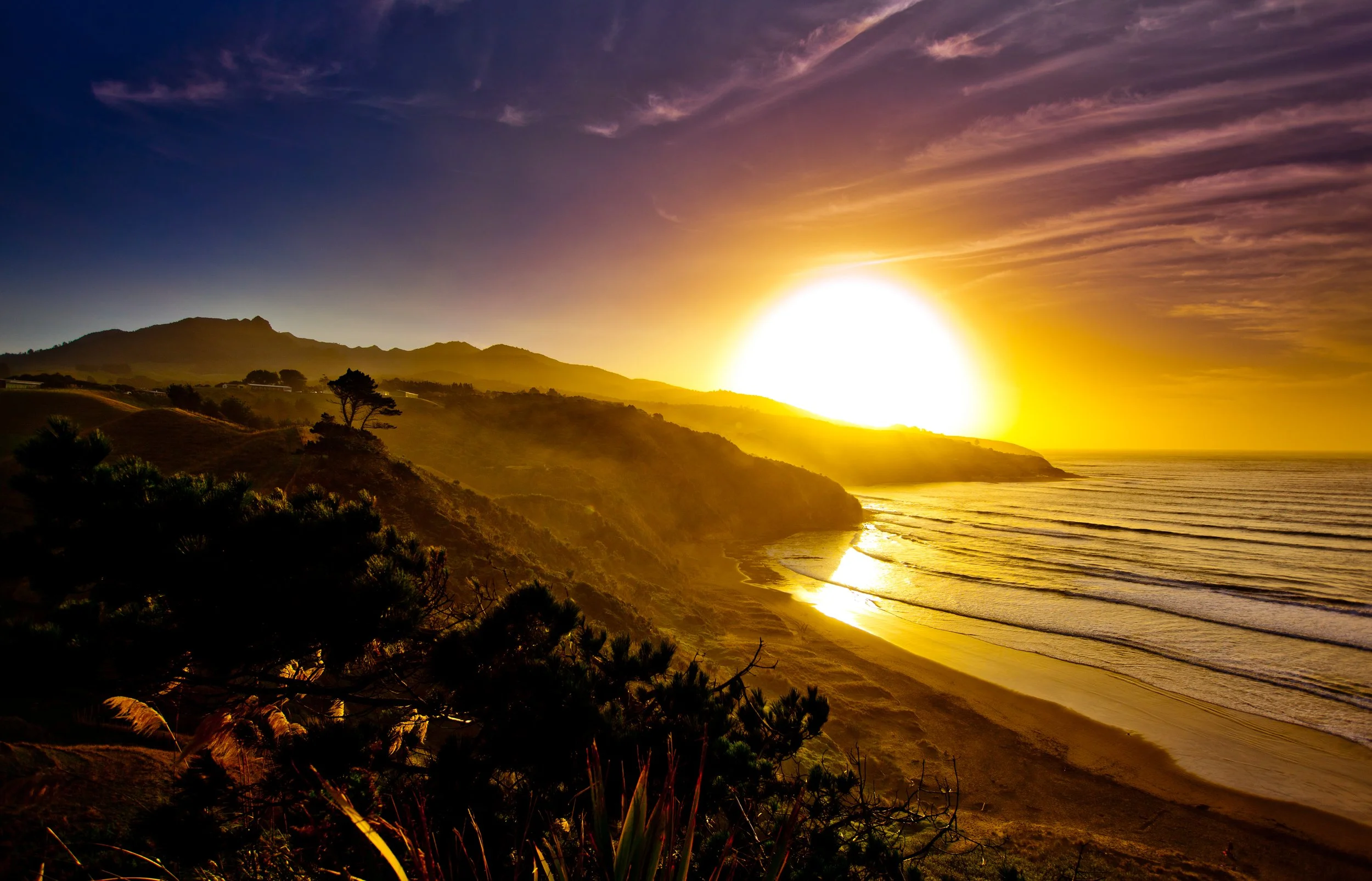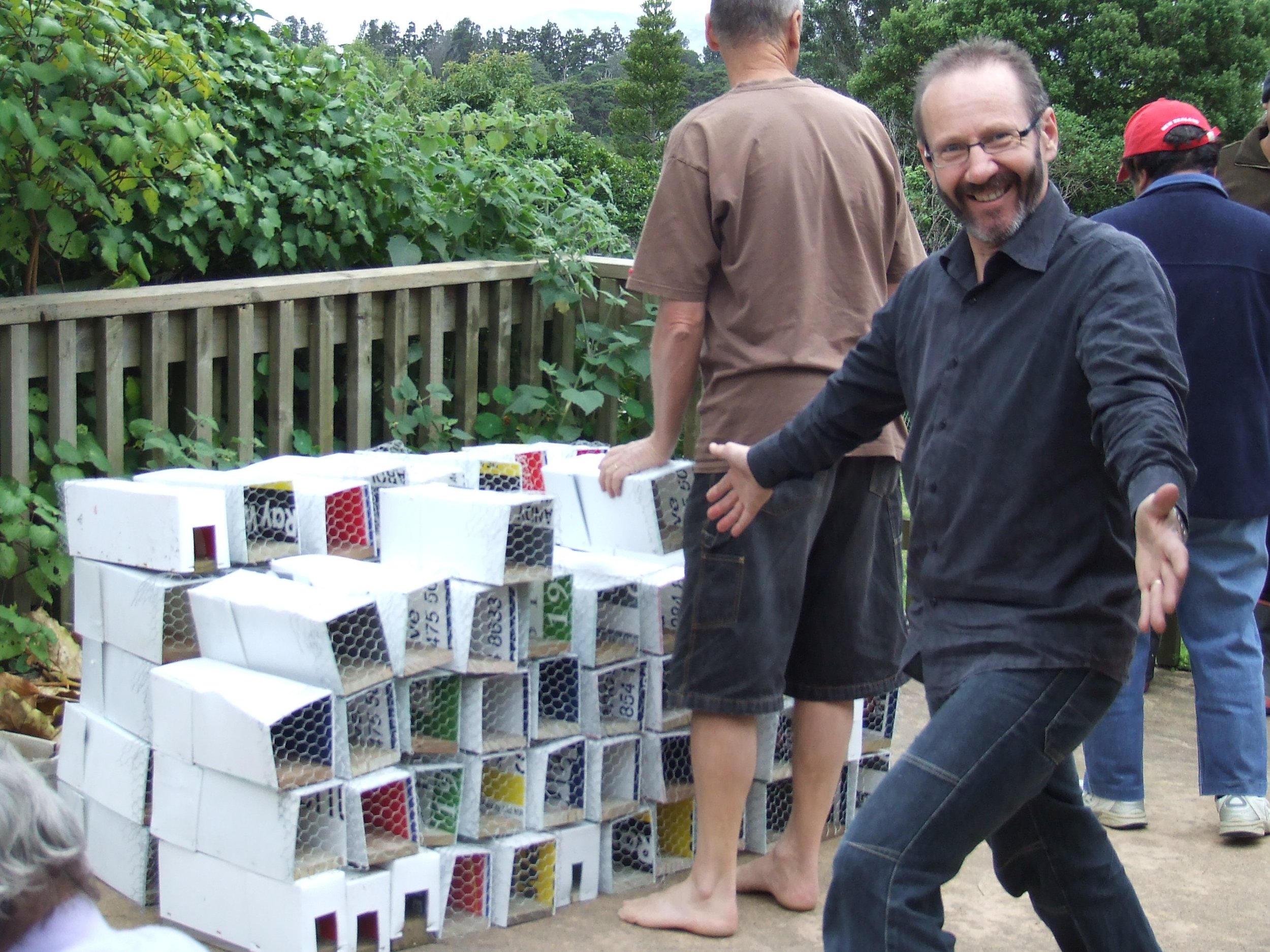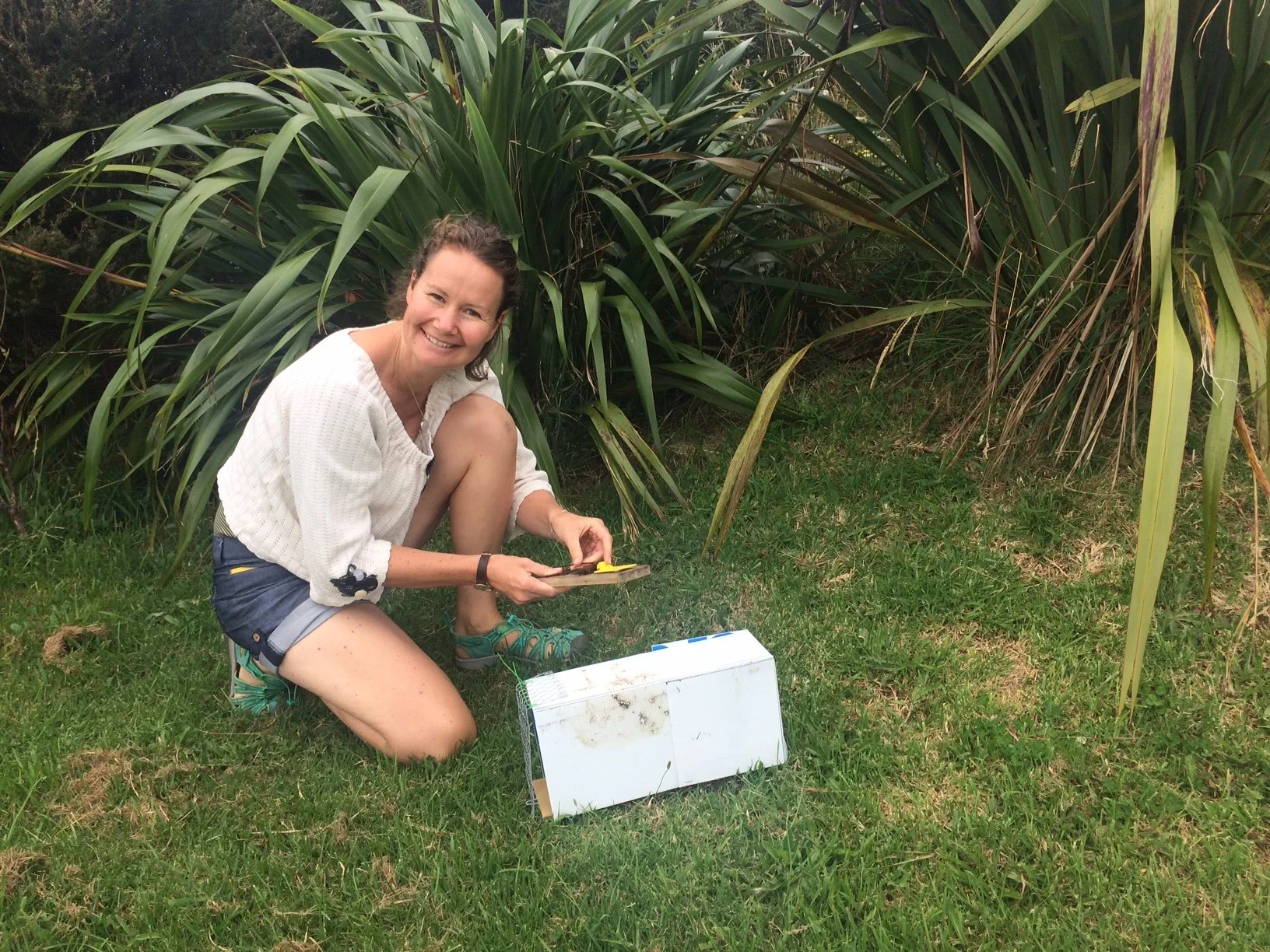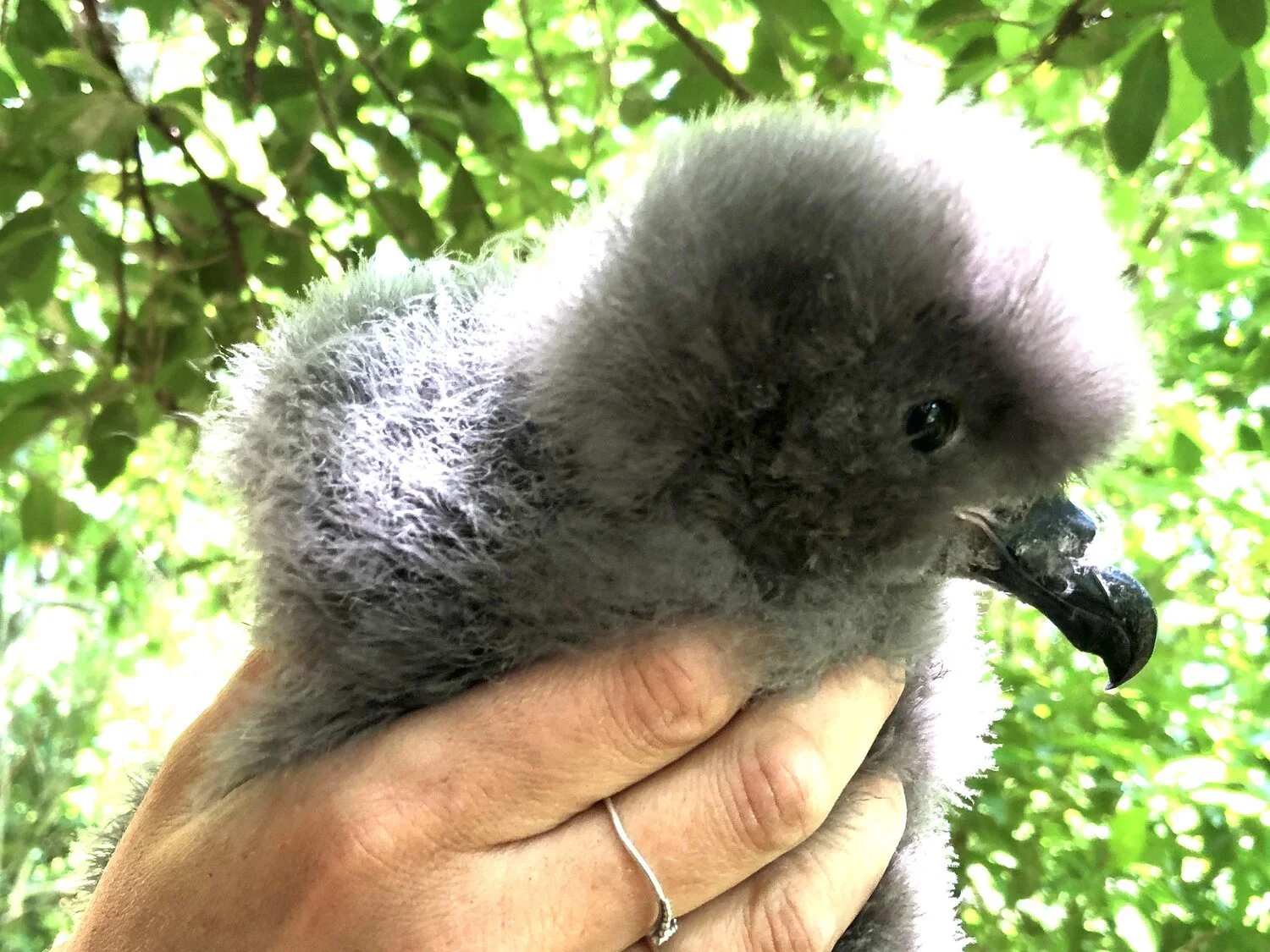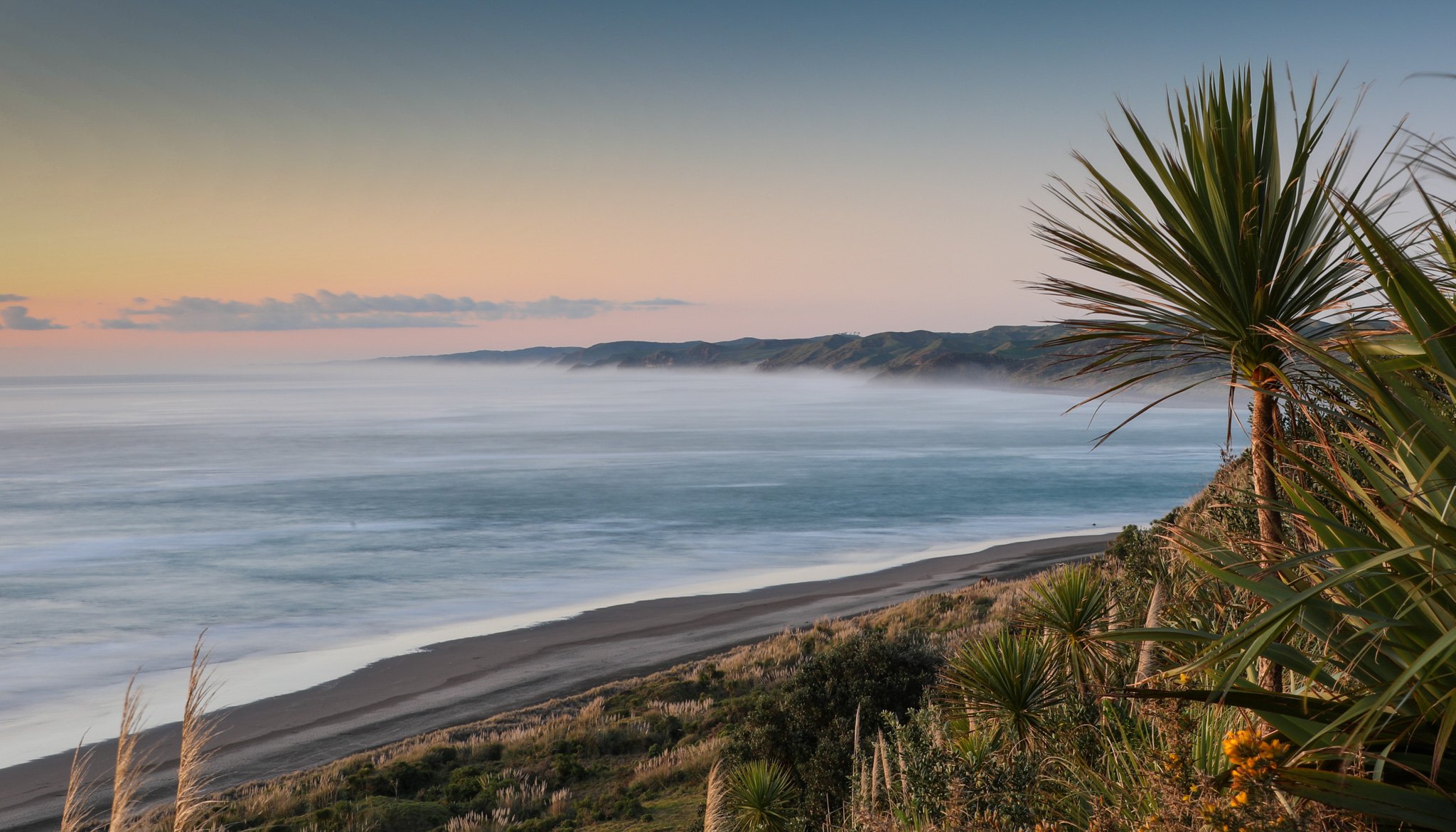
Our story
Ngā kōrero whakapū
OUR STORY
The Project’s Vision
Restored biodiversity from the mountain to the sea. The Karioi Project inspires the amazing Raglan community to take a stand for nature and to protect the places we love. Together, we’re turning the tide on biodiversity loss and successfully re-wilding our corner of the world.
The Project’s Mission
Active conservation through engaging communities, providing environmental education and sustainable partnerships.
2004
A community group, Te Whakaoranga o Karioi (TWoK) was set up to represent the Whāingaroa/Raglan community's aspirations for predator trapping on Karioi and the potential employment and education opportunities that could come with these goals.
At that time, the Whāingaroa community had widespread opposition to aerial drops of 1080 - a toxin also known as sodium fluoroacetate. A compromise with the Department of Conservation led to water-take areas being spared from aerial drops, and hand laying of 1080 started taking place in sensitive areas.
2008
Malibu Hamilton (Chair of TWoK) met with Kristel van Houte by chance. Kristel had recently returned from working in Samoa and volunteering in Kenya, where she spent time with A Rocha Kenya, part of an international conservation organisation.
Kristel was in the process of setting up a New Zealand branch of A Rocha, and Malibu assisted her to set up a Charitable Trust called A Rocha Aotearoa NZ (ARANZ) with assistance from Mike Vine (A Rocha) and John Lawson (TWoK).
TWoK approached Kristel to see if she was interested in assisting them in achieving the aims of the community to get trapping established on public conservation land.
2009
A small group of local residents gathered to set up a trapping network of 60 traps targeting rats at Upper Wainui Reserve in a partnership arrangement with DoC, TWoK, A Rocha and the late Sandy Hounuku, Tainui hapu trustee of Te Whaanga ahu Whenua Maori land block adjacent to the reserve.
2010
The Bryant Memorial Scenic Reserve was added to the trapping network and trap lines were added to stretch across Wainui Reserve, and along the coastline to Whale Bay.
A special focus became the Ōi / Grey Faced Petrel (Northern Muttonbird), a taonga species, found in remnant breeding sites along the Karioi coastline.
2013
The first official after-school programme (Karioi kids) started, supporting local tamariki to connect with their maunga, moana, whenua, and taonga. This programme has now expanded to include Karioi Rangers, Manaaki Ao programme with Raglan Area school, environmental education for other local and regional schools and a holiday programme.
2016
The Backyard Hub started. To encourage and support local residents to start trapping, and to enhance the work on Karioi. All Whāingaroa residents could join the Predator Free movement by trapping at home through the Backyard Hub (BYH), by buying or borrowing a trap. The BYH is still going strong today.
2017
Monitoring of any remaining seabird burrows found that all eggs, chicks and some adults were being devastated by introduced predators. A combination of lots of traps and also bait stations led to the first ōi chicks fledging in 2017!
2023
The 50th chick has now fledged! (plus a few more!). Tracks have been cut across Karioi by teams of hapu and community members and thousands of traps have been deployed by volunteers to provide access for volunteers to trap rats, mustelids and possums. As a result, a mainland seabird colony is growing and forest birds are thriving.



